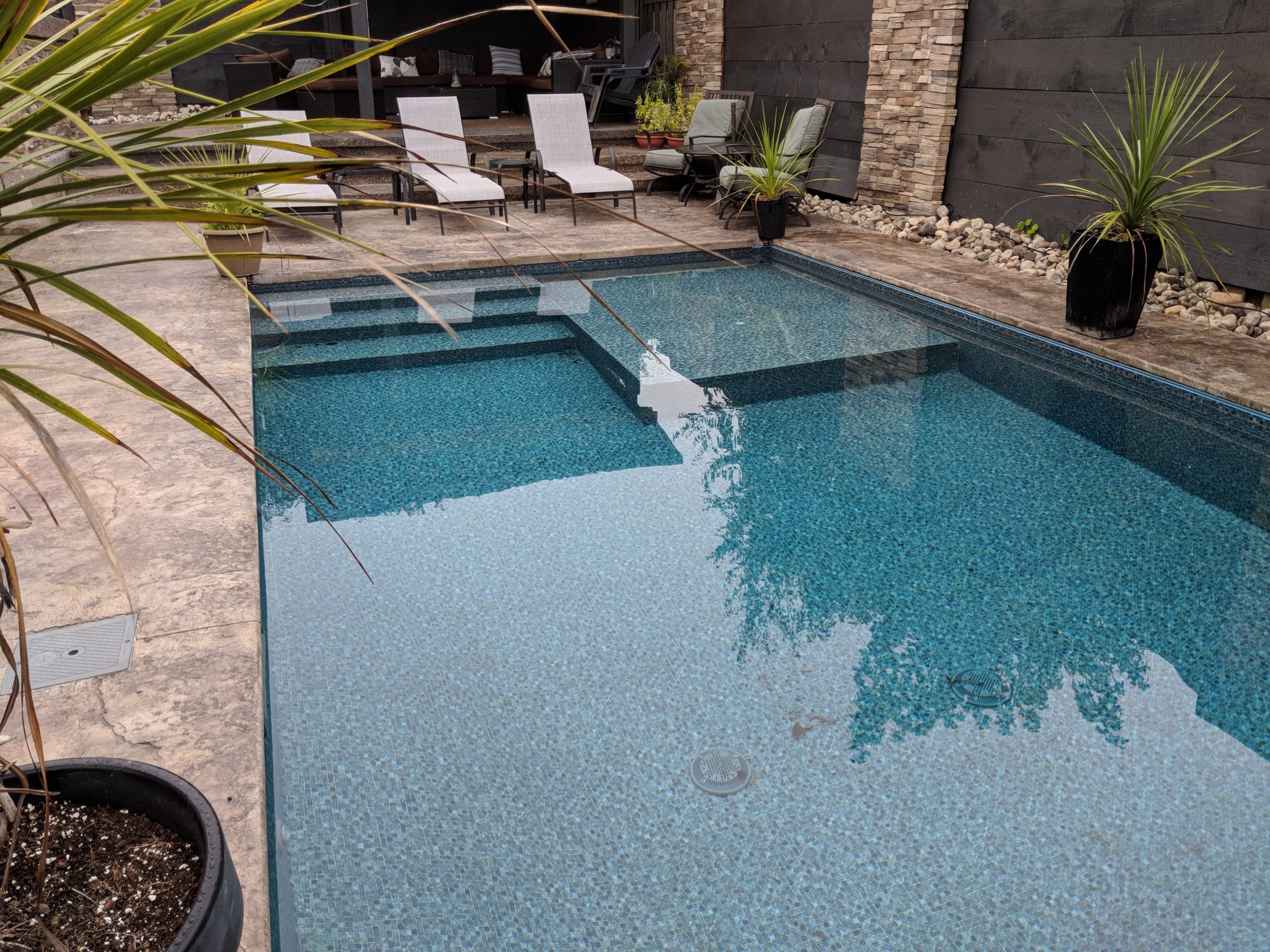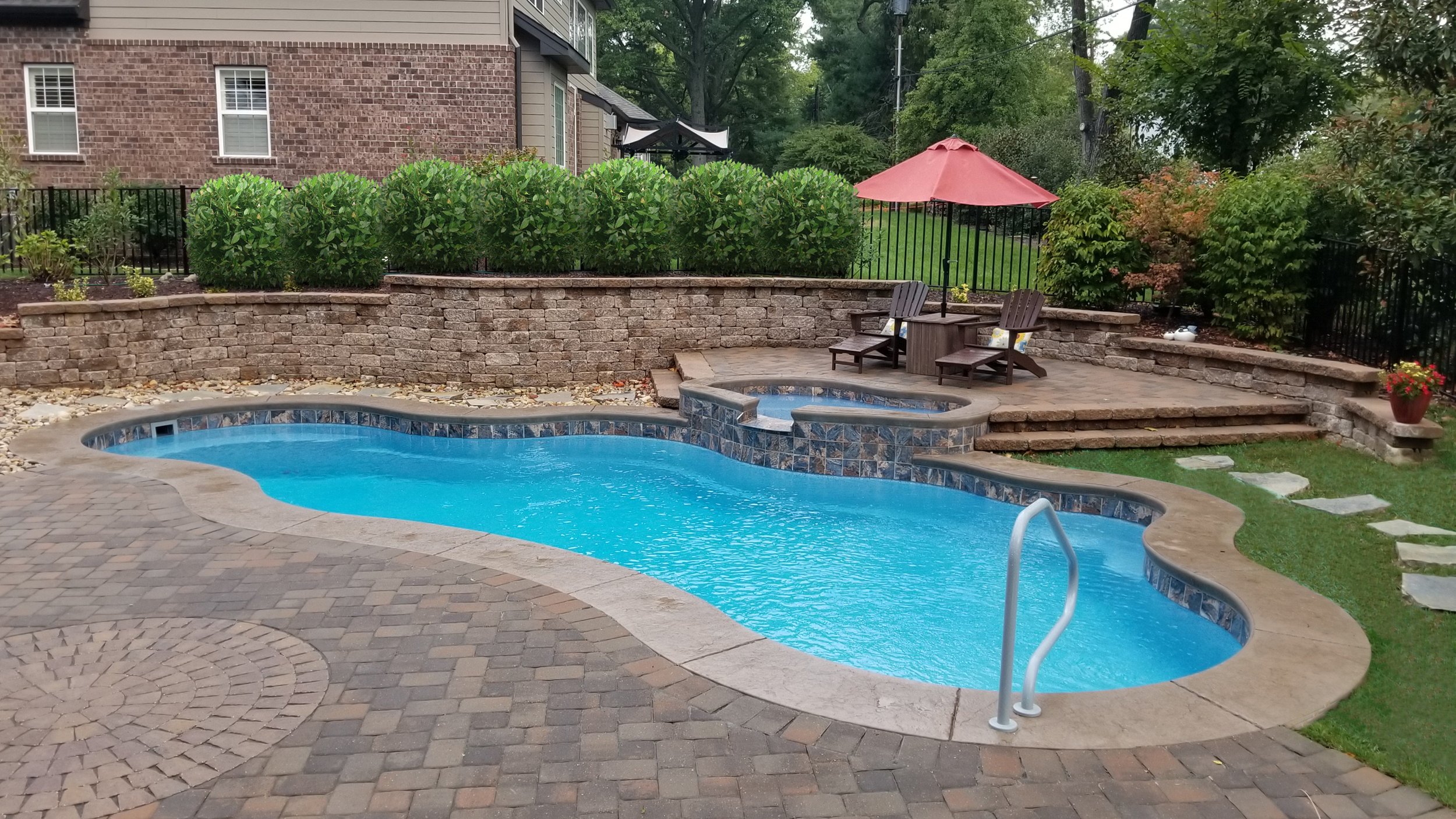The Fiberglass Pool Construction Process
The fiberglass pool construction process is an intricate and carefully executed series of steps that result in the creation of a beautiful and durable swimming pool. From the initial planning stages to the final touches, each phase requires attention to detail, expertise, and collaboration between the homeowner, pool builder, and various professionals involved in the project.
Learn about the fiberglass pool construction process and what is entailed in building a pool.
Fiberglass Pool Construction Step-By-Step
Design and Planning: The first step in the fiberglass pool construction process is the design and planning phase. This is where the homeowner works closely with a pool builder or designer to determine the size, shape, and features of the pool. Factors such as the backyard layout, available space, and personal preferences are taken into consideration. The pool builder may use specialized software or 3D modeling to present different design options and help the homeowner visualize the final result.
Permits and Approvals: Before any construction can begin, it is essential to obtain the necessary permits and approvals from the local authorities. This typically involves submitting detailed plans, engineering drawings, and specifications to ensure compliance with building codes and regulations. The pool builder will assist the homeowner in navigating this process and ensure that all necessary documentation is obtained.
Excavation: Once the permits and approvals are in place, the next step is excavation. This involves clearing the designated area and digging a hole according to the specified dimensions of the pool. Excavation may be done manually or with the use of heavy machinery, depending on the size and complexity of the project. It is crucial to ensure proper grading and leveling of the excavation site to ensure the pool is structurally sound.
Pool Shell Installation: After excavation, the pool shell is ready to be installed. Fiberglass pools are manufactured off-site and delivered as pre-formed shells to the construction site. The pool builder carefully positions the pool shell in the excavation, making sure it is level and properly aligned. The pool shell is then backfilled with a mixture of sand and gravel, which provides stability and support.
Plumbing and Electrical Work: Once the pool shell is in place, the next step is to install the plumbing and electrical systems. This involves the installation of pipes, fittings, and valves for water circulation, as well as electrical wiring for pool lights, pumps, and other equipment. A qualified plumber and electrician work closely with the pool builder to ensure that all systems are installed correctly and in compliance with safety standards.
Backfilling and Compaction: After the plumbing and electrical work is completed, the surrounding area of the pool is backfilled and compacted. This process involves filling the space between the pool shell and the excavation walls with soil or gravel. Proper compaction is crucial to prevent settling or shifting of the pool and ensure long-term stability.
Decking and Landscaping: With the pool structure in place, attention turns to the surrounding area. Decking and landscaping elements are added to enhance the aesthetic appeal and functionality of the pool area. The homeowner may choose from various options such as concrete, pavers, or natural stone for the pool deck. Landscaping features such as plants, shrubs, and hardscaping elements are also incorporated to create a visually pleasing and inviting space.
Finishing Touches and Water Fill: In the final stages of the construction process, the pool is prepared for filling with water. The pool builder ensures that all necessary equipment, such as filters, pumps, and heaters, are installed and functioning properly. Any additional features, such as waterfalls, slides, or diving boards, are also added at this stage. Once everything is in place, the pool is filled with water, and the water chemistry is balanced to ensure a safe and enjoyable swimming environment.
Pool Orientation & Handover: Once the pool is filled, the pool builder conducts a thorough inspection to ensure that everything is in working order. They will also provide the homeowner with a comprehensive orientation session, explaining the operation and maintenance of the pool, as well as any warranties or guarantees associated with the pool and its components. This is an opportunity for the homeowner to ask any questions and gain a clear understanding of how to care for their new fiberglass pool.
Pool Maintenance and Enjoyment: With the construction process complete, it's time for the homeowner to enjoy their new fiberglass pool. Regular pool maintenance is essential to keep the pool in optimal condition. This includes tasks such as maintaining proper water chemistry, cleaning the pool and filters, and ensuring the equipment is functioning correctly. The pool builder may offer maintenance services or provide guidance on the best practices for pool upkeep.
Throughout the construction process, effective communication between the homeowner and the pool builder is crucial. Regular updates, site visits, and clear expectations help ensure that the project progresses smoothly and any issues or changes can be addressed promptly.
Learn what you need to know before you start a fiberglass pool construction project.
What To Know Before Building a Fiberglass Pool
Before embarking on fiberglass pool construction, there are several key factors that consumers should consider and be aware of. Understanding these aspects will help ensure a smooth and successful pool building process. Here are some important points for consumers to know:
Research and Planning: It's crucial for homeowners to conduct thorough research and planning before starting fiberglass pool construction. This includes exploring different pool designs, sizes, and features to determine the best fit for their needs and budget. Researching reputable pool builders is also essential to ensure a reliable and experienced contractor is chosen for the project. Homeowners should gather multiple quotes, check references, and review portfolios of previous pool constructions.
Permits and Regulations: Before starting construction, homeowners must be aware of local permits and regulations governing the installation of fiberglass pools. These requirements can vary depending on the area and may include obtaining permits, adhering to setback requirements, and complying with safety regulations. It's important to consult with the local building department or a pool professional to ensure compliance with all necessary permits and regulations.
Budget Considerations: Establishing a realistic budget is critical when planning for fiberglass pool construction. Homeowners should consider the cost of the pool itself, as well as additional expenses such as excavation, plumbing, electrical work, decking, landscaping, and fencing. It's advisable to factor in a contingency budget for unexpected costs that may arise during the construction process. By having a clear understanding of the financial commitment involved, homeowners can make informed decisions and avoid any financial surprises.
Construction Timeline: Understanding the timeline for fiberglass pool construction is essential for homeowners. The duration of the construction process can vary depending on factors such as the pool size, complexity, and weather conditions. Homeowners should discuss the estimated timeline with their chosen pool builder and consider any potential disruptions or delays that may arise. Being aware of the construction timeline helps homeowners plan accordingly and set realistic expectations.
Ultimately, the fiberglass pool construction process involves careful planning, excavation, pool shell installation, plumbing and electrical work, backfilling, decking and landscaping, finishing touches, water filling, orientation, and maintenance. It requires the expertise of pool builders, plumbers, electricians, and other professionals to create a high-quality and durable swimming pool. By following each step meticulously, homeowners can enjoy their fiberglass pool for years to come, creating a space for relaxation, recreation, and lasting memories with family and friends.


